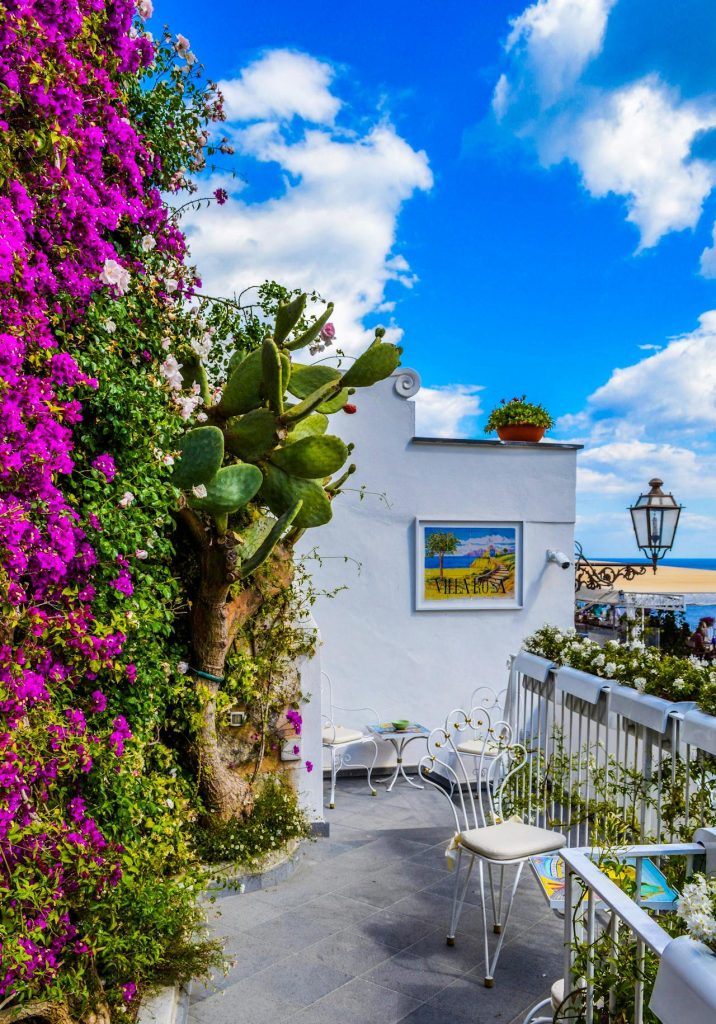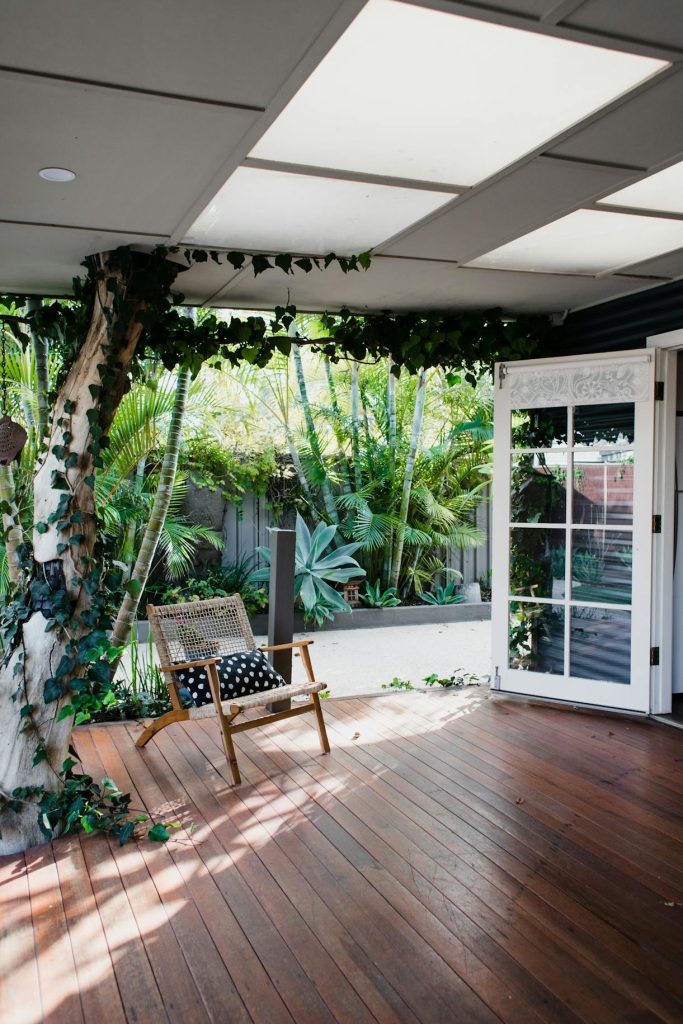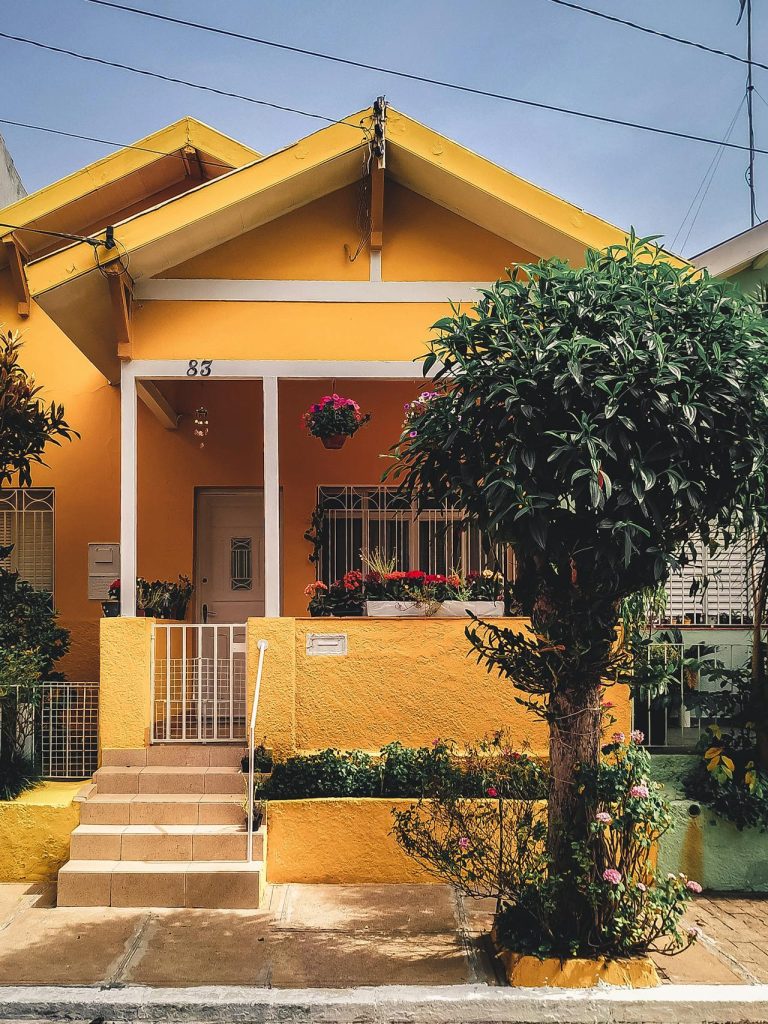In the bustling and noisy city life, we always yearn for a green space of our own, to feel the embrace of nature, and enjoy that tranquility and harmony. Creating a beautiful garden not only enhances our quality of life but also provides us with a peaceful haven amidst our busy schedules.

Tip One: Understand Garden Lighting
Lighting is an essential factor to consider when creating a garden. Gardens facing different directions have varying lighting conditions, so we need to select suitable plants accordingly. East-facing gardens receive ample morning sunlight with relatively gentle rays, making them suitable for planting semi-shade plants such as hydrangeas and ferns. South-facing gardens receive abundant sunlight, making them ideal for sun-loving plants like roses and sunflowers. However, it’s important to note that south-facing gardens have long hours of sunlight, which can lead to elevated temperatures, making it difficult for heat-sensitive plants to survive in the summer. West-facing gardens tend to have higher temperatures in winter, making them suitable for placing cold-sensitive plants such as cacti and succulents. North-facing gardens receive less sunlight and are suitable for planting semi-shade or shade-loving plants such as orchids and camellias.

Tip Two: Plan Garden Layout Wisely
Proper planning of garden layout is crucial for the overall aesthetics and user experience of the garden. During planning, we can divide the garden into different zones based on factors such as size, terrain, and lighting conditions, such as lawn area, flower area, fruit tree area, etc. Additionally, we can incorporate some landscape features into the garden, such as sculptures, fountains, flower beds, etc., to enhance the garden’s sense of depth and interest.


